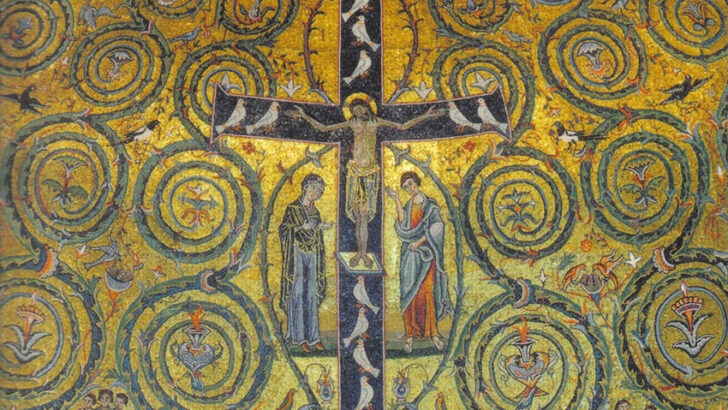Healing Wounds: The 2025 Lenten Book,
by Eric Varden
(Bloomsbury Continuum, £12.99 / €15.50)
Here we are, as I write on the sixth day of a New Year. Christmas is well past; but life and faith go on. This title is the first book addressed to Lent and Easter tide that has come to hand; the first of many more to come.
The author, Eric Varden, a former Fellow of St John College, Cambridge, is the Trappist monk who has been Bishop of Trondheim in his native Norway since 2019. He is the author of two previous books for Bloomsbury Continuum, Chastity: Reconciliation of the Senses in 2023 and The Shattering of Loneliness in 2018.
Never one to avoid difficulties, in this new book he faces the problem of pain and suffering as represented in the sufferings of Christ at the Crucifixion. This book he notes “purposes to meditate on the wounds Jesus Christ sustained in his sacred passion and on the way in which they enable the healing of ours.”
He says that the Chastain devotion “to prettify even idealise wounds” is a perverse tendency.
The author uses this poem as the framework for his own meditations on the theme of suffering pain and the mysterious processes of healing”
Realising this, he makes use of a medical text the Rhythmica oratio ad unum quodlibet membrosum Christi.
This was once attributed to St Bernard of Clairvaux (1090-1153). Today it is thought in fact to be the work of Arnulf of Leuven (1200-48). The Latin title might be rendered, the author suggests, as “A Rhythmic Oration to each of the members of Christ Suffering and Hanging on the Cross.”
The author uses this poem as the framework for his own meditations on the theme of suffering pain and the mysterious processes of healing, healing of both body and mind.
Integrity
From this précis it can be seen that this is no commonplace book for Easter – it is a work of serious intention and integrity. It is therefore more challenging than similar Easter titles that readers may previously have encountered.
The book, like the poem, is divided into seven sections, each of which focuses on one particular part of the Saviour’s crucified body, each part being introduced by the connecting fragments of Arnulf’s poem.
An important element in the book’s development are some six images, of very different ideas of Crucifixion”
The poem had a contemporary vogue; nor was it later forgotten – it appears even in Bach’s St Matthew Passion. It was through a cantata by another composer that Virden came to know of the poem.
An important element in the book’s development are some six images, of very different ideas of Crucifixion. These are not intended as mere flourishes to the text as a whole, but are an important part of the meditations that Mr Varden wants to lead his readers through.
Suffering
What one takes from this book will depend on what one brings to it. Yet if the theme of suffering seems to dominate, this is not in fact the case. The theme of the book is announced in its very title, Healing Wounds. It is the healing, the return after the violence of the world and society, to a sense of wholeness, a sense Mr Varden seems to suggest, of completeness in God.
This is not a simple or easy book to read. A thoughtful perusal of it, might indeed take from now until April 20, when the Church after the suffering of the Passion, will announce the healing resurrection of the Christ – as it has done for two thousand years.
(By the way his own website, Coram Fratribus, at the Trondheim website is English and is well worth a visit for its interesting commentaries of belief, life and the events of the passing day.)


 Peter Costello
Peter Costello One of the illustrations from Bishop Varden’s lenten Book.
One of the illustrations from Bishop Varden’s lenten Book.